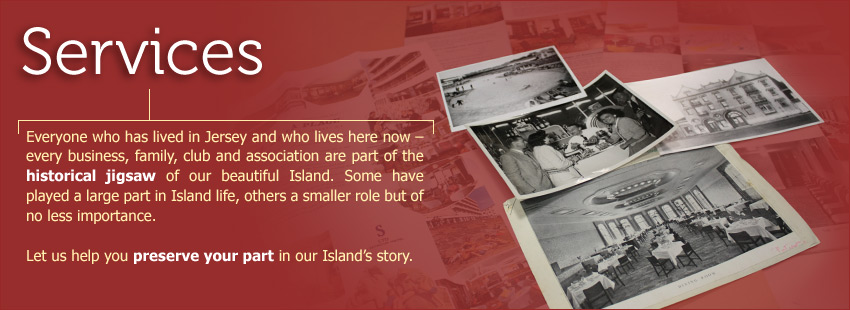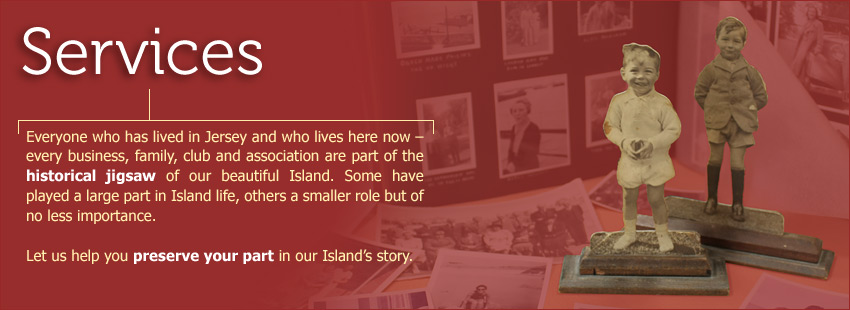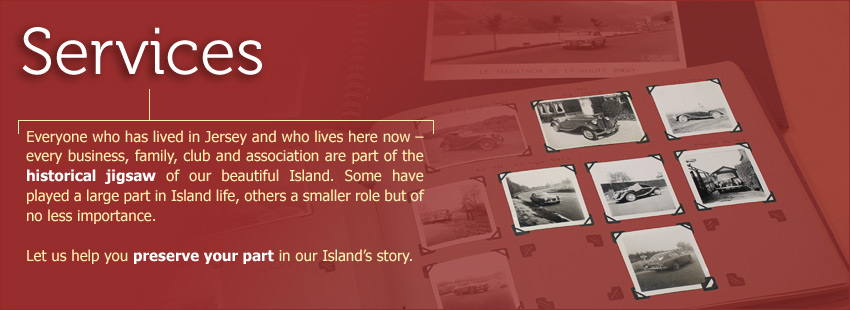Business
 Do you run a business?
Do you run a business?- Business archives can present a daunting challenge especially if your business has been trading for many years
- Have records been kept 'just in case' and they now present a nagging problem?
Benefits of having your archive organised and accessible
- A cost effective way of saving time and money when you need to find information
- Business records are an unparalleled source of management information that can be used in numerous ways
- Today's experience for tomorrow's management team
- Marketing campaigns
- Employee induction to help nurture loyalty and pride
- Business archives only need organising once
Records businesses should keep for statutory and archive purposes, includes but is not limited to:
CORPORATE GOVERNANCE & FINANCE
AGM Minute Books / Annual Reports / Major contracts and agreements
Memorandum and Articles of Association / Project Files / Annual Accounts
HUMAN RESOURCES
Employee handbooks & contracts / Company clubs – sport and social / Staff photographs / Staff magazines
PROPERTY/ESTATE MANAGEMENT
Architect's drawings and files / Photographs of premises / Title deeds
RESEARCH & DEVELOPMENT
Technical evidence of product creation / Packaging samples, artwork, pattern books / Research & development reports
SALES & MARKETING
Advertising material / Customer files / Marketing plans / Price lists / Product catalogues / Sales figures
Business Records – A Case Study: Seymour Hotels of Jersey
Catherine was asked to work on the Seymour Hotels of Jersey archive in 2011. A wealth of photographs, plans, letters, brochures and menus has been collected over the years. However, it had outgrown the original filing cabinet and plan chest where it was kept. A larger filing cabinet has been found and new plan chest purchased, videos have been transferred to DVDs and all the items are now arranged by hotel in date order and packaged in acid free folders and envelopes. A comprehensive list of the collection including where all the items are located can now be referred to.
The story started in 1919 when George and Ada Seymour visited Jersey on their honeymoon. They loved the Island but thought their accommodation could have offered them a more enjoyable holiday experience. A year later they returned to set up a guesthouse in Halkett Place, St Helier to offer just that. They soon looked to expand to bigger premises. The property they found was renamed The Merton, after the area of London they left behind.
The development of the business involved the purchase of what became some of the most well known hotel names in the Island. The Merton Hotel, Portelet Hotel, Pomme D'Or Hotel, Hotel de la Plage, Le Coie Hotel and more recently Greenhills Country Hotel and The Watersplash. The story of this family business is completely interrelated with the story of the rise of tourism in the Island through the 20th century and challenges of more recent times.
The archive demonstrates it is a business that has constantly adapted itself. Upgrading facilities from the separate ladies and gentleman's lounges in the Pomme d'Or Hotel of the 1930s, to adding ensuite bathrooms in the 1970s to W-iFi access today. From organised beach games at St Brelade's Bay until the 1960s to the Flowrider at The Merton Hotel which opened in 2008. The continual upgrading and development of the hotels has unsurprisingly resulted in a huge number of plans. The duplicates have all been removed which has eased the storage problem.
The oldest original document is a ticket for the 'Inauguration banquet of the Masonic temple' held at the Pomme d'Or Hotel, 1864. Many items, including photographs accompanied by original invoices have been posted back to Head Office by visitors. Treasured memories of a holiday in Jersey kept for decades and then thoughtfully returned. Safe in the archive their stories are preserved and kept alive.
Back in 1920 George and Ada Seymour wanted to offer their guests courteous, friendly service and value for money. Their values are still the core of this successful business, a business that definitely appreciates and values their past and its relevance to the present.
Family
 Do you have family records?
Do you have family records?Have you inherited some family papers and photographs? Would you like to like to protect your family's legacy for future generations? If you have inherited a large collection of your family's written and photographic records it can be an overwhelming and time consuming task to make sense of it all. This is especially true for families who have been in Jersey for generations and who may well have numerous land and rente transactions, written in French. Catherine can organise and make a list of your records to give them some cohesion and advise on packaging and storing them so they are preserved for the next generation.
Records of our lives can include official papers including marriage and birth certificates or legal land transactions. Probably more interesting, are the unofficial records which fill in the details and offer hints at the personalities of family members: letters, diaries, photographs, video and sound recordings of family life.
What does not seem so relevant to us today would take on a new perspective if we had similar diaries, letters, or photographs belonging to our grandparents or even great-grandparents. How wonderful it would be to have written and photographic records so we could learn about their day to day lives. Take the opportunity to preserve something of your story and the story of your family for your grandchildren and great grandchildren.
Benefits
- Knowing the content of your family records
- Peace of mind that they are stored in the best way to preserve them for the future
- Their organisation and re-packaging only needs to be done once
Photographic
 Benefits of having an organised photographic collection
Benefits of having an organised photographic collection
- You can find what you want
- You can have peace of mind in the way it is stored to preserve it for the future
- It only needs to be organised once
Catherine believed a new project capturing the essence of the identity cards, matching images and information could provide a perfect archival record of Jersey in the year 2000. With the generous sponsorship of Citibank Private Bank and support of a team of Jersey Heritage staff 'Citibank-Jersey 2000' was launched. This millennium project invited the public of the Island to photograph their daily lives and more importantly record the date, place, occasion and names of the people in the photographs. The people of Jersey were invited to represent their lives through the broad themes of At Home, At Work and Community.
So often it is the special events we record – weddings, birthdays and holidays. Everyday life does not seem 'special' enough to record, but looking back at old photographs 'domestic' and work photographs are generally much more interesting to look at, especially if they have a date and some names to go with them. Catherine hopes this may inspire you to re-look at the photographs in your care, ask your parents or grand-parents to identify those older photographs and think about those photographs you took today.
Catherine is working with a fascinating private collection of 3D photographs, the Romo Collection. The majority of the photographs provide a journey through Europe of the 1950s, with few cars on the roads, the pace of life appears very calm, even in central Paris. This diverse Collection has so many images it is being catalogued on the ADLIB database which can be searched by date, name, subject, place and location. ADLIB is a specialised database for use in archives, libraries and museums. The clarity of the Romo Collection negatives are stunning but the relevance and importance of the Collection is immeasurably enhanced by the detailed information recorded at the time.
